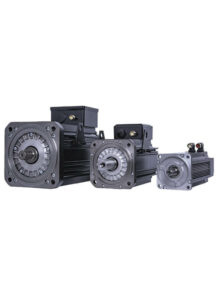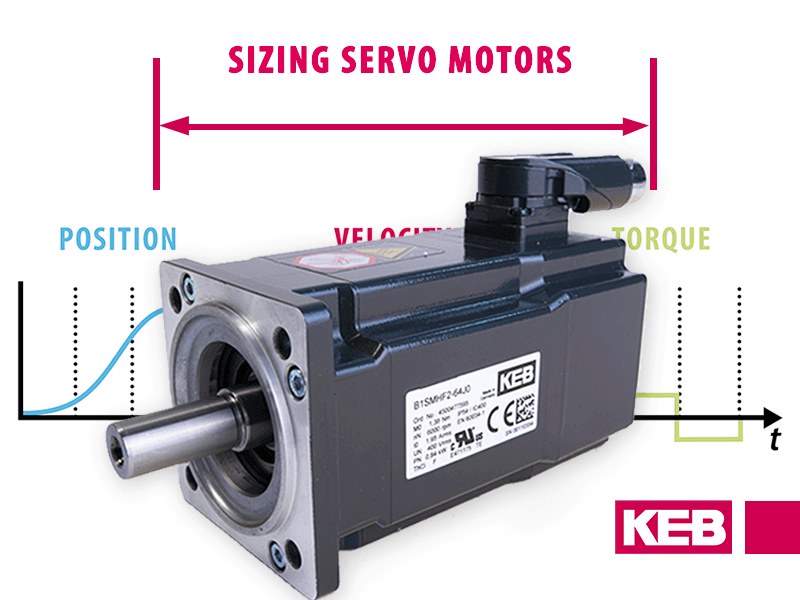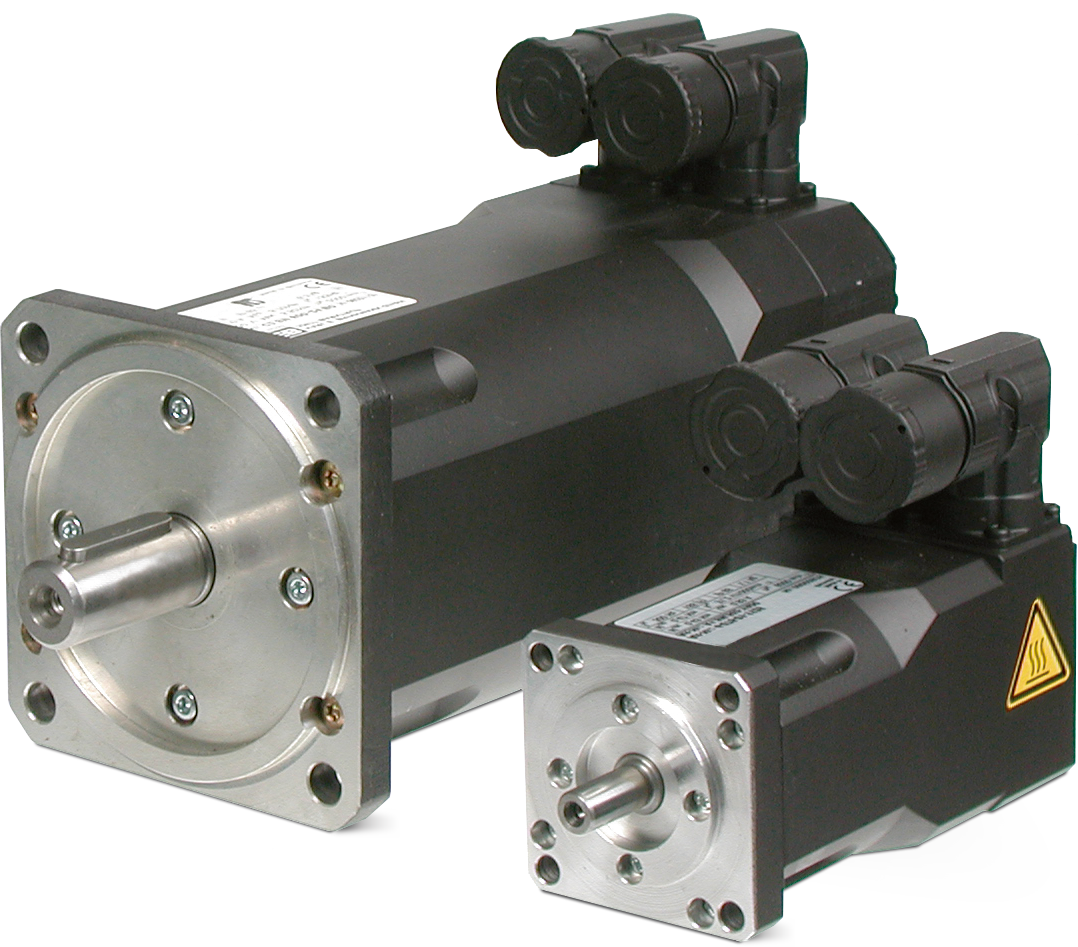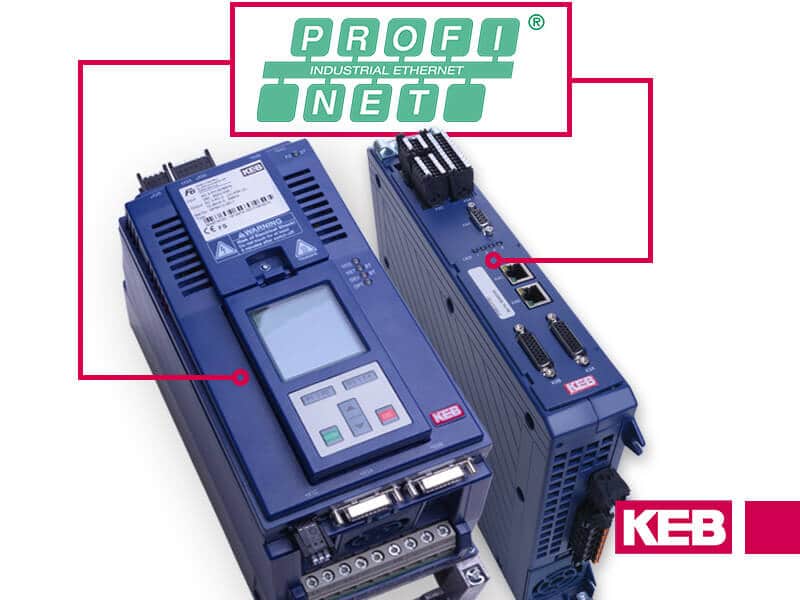Introduction to Servo Motors for Industrial Applications
As servo motors emerge as pivotal components in modern industries, understanding their mechanics and advantages becomes essential. This article explores the distinct types of servo motors, their key differences from traditional AC induction motors, their remarkable benefits, and their integration with systems like servo drives and amplifiers.
Whether you’re exploring their use in robotics, packaging, or any other application, let’s unpack servo motors, their unique features and their transformative impact on specific industrial applications.
What is a Servo Motor?
Servo motors can be broadly categorized into two types: AC and DC servo motors. While both types offer precision motion control, they differ in terms of their power source and typical applications.
AC Servo Motor
AC servo motors are powered by alternating current and are commonly used in industrial applications due to their robust nature and ability to handle higher current loads. These motors usually have a feedback mechanism like an encoder to ensure precise motion control.
DC Servo Motor
On the other hand, DC servo motors take their power from direct current. They are typically smaller and used in applications that require lower energy. Like their AC counterparts, they come with feedback systems for accurate positioning.
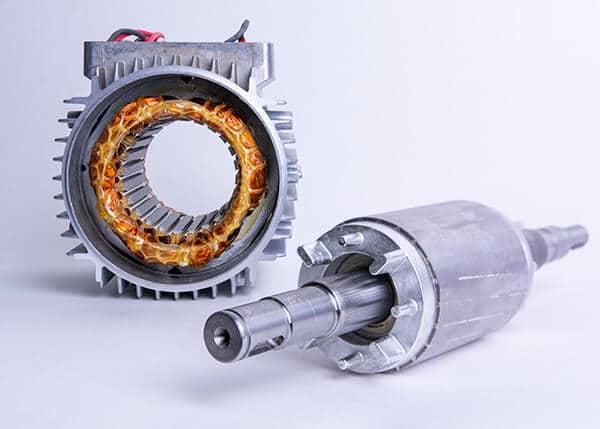
How is a Servo Motor Different from an AC Induction Motor?
In discussions about servo motors, you may often hear the term “synchronous motors.” When we refer to “synchronous motors” in this context, we are essentially talking about a type of servo motor.
AC induction motors, particularly three-phase squirrel cage motors, have been an industry staple for decades. They offer a rugged, low-cost design that is perfect for single-speed applications. However, these motors are not a universal fit, which is where servo motors, also known as AC synchronous or permanent magnet motors, come in.
Synchronous motors differ from induction motors in the construction of the rotor. The rotor is the rotating portion of the motor that contains the output shaft.
While an induction motor has conductive bars that form a cylinder that looks like a squirrel cage (hence the name), synchronous motors have rare earth permanent magnets in the rotor core.
These permanent magnets ensure the motor can maintain its torque even at high speeds, leading to increased efficiency. This difference in construction leads to many benefits for the servo motor.
Related Article: Servo or Induction Motor – Which is right for your application?
What are the Benefits of Using a Servo Motor?
When selecting a motor, it is important to consider the requirements for the specific application. Servo motors offer many benefits that may make them advantageous to an induction motor.
More Powerful and Compact
The most apparent benefit of synchronous motors is their higher torque density relative to induction motors. A servo motor of a similar physical size to an induction motor will typically produce 40-60% more torque.
Reaching the required torque, speed, or power required by the application requires a servo motor that is smaller and more lightweight than its induction counterparts.
This efficiency makes a PM (Permanent Magnet) motor ideal for applications with space and/or weight constraints. Learn more about KEB’s DL4 series of high torque servo motors for large power industrial applications.
For example, servo motors excel across many robotics applications, which rely on compact, lightweight motors with high power, accuracy, and speed. The exceptional power output that servo motors deliver – especially considering their size and weight – creates a major advantage for robotics machine builders, leading to more dependable, size-efficient solutions. This same concept applies to renewable energy applications such as wind power, where motor performance and efficiency are vital.
Low Inertia for High Dynamic Response
Because a servo motor is more compact, it inherently has lower inertia than comparable induction motors. With its low inertia, the synchronous motor can accelerate and decelerate to/from its rated speed much faster.
It also allows for much more precise starting and stopping from full speed, making synchronous motors ideal for highly dynamic or motion control applications.
Concerning motion control, servo motors are uniquely suited to packaging applications. These low-inertia motors work with EtherCAT Motion Controls to provide precise, coordinated motion. This flexible setup works well in almost any part of the packaging line, from tracking to sorting and forming.
Full Torque at Zero Speed
Another important benefit of the PM motor is that it continuously allows for full torque at zero speed – a stark difference from most induction motors, where the low-speed torque and stability are limited. VFD adjustments (e.g., Voltage Boost) can be made for low-speed operation, but this creates additional motor heating and limited performance.
Thus, if a holding torque at zero speed is necessary or if the application requires running at low speeds, a servo motor (with feedback) would be essential.
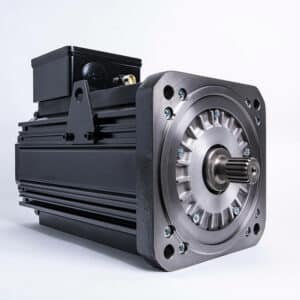
Higher IP Rated Protection
In addition to its benefits for motor control, servo motors typically have benefits in their housing designs. KEB’s synchronous motors do not require a cooling fan, which allows it to reach IP65 protection.
Induction motors, on the other hand, are commonly IP44 or IP54. If the motor is going in a harsh environment, a servo motor may be beneficial to prevent premature failure.
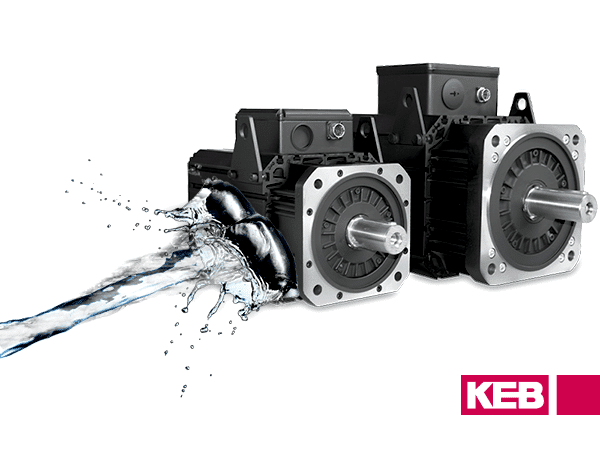
Servo motors feature a brushless design that suits them to demanding environments and applications. One example is the food and beverage environment, where machines may face steep temperature changes and washdowns.
Many industrial applications involving high pressure or temperature levels can benefit from a servo motor.
Increasingly Economical
Given the many advantages servo motors have over induction motors, one might wonder why someone would choose induction motors at all. The historical answer has been that servo motors have been significantly more costly than induction motors.
And while it is true that servo motors are still more expensive, the price gap has been shrinking.
Synchronous motors of similar power specifications to an induction motor are available for as little as 10-20% more expensive. In the past, the servo motor could be 2x or more than the cost of the induction motor. As servo motors become more commonplace, this price gap should continue to shrink.
Servo Drive and Servo Amplifier
If we wish to expand our understanding of servo motors, it’s essential to highlight the supporting systems that enhance their function. A servo drive provides power to the servo motor and governs its function. It amplifies the controller’s low-voltage command signal, ensuring the motor gets the correct current and voltage.
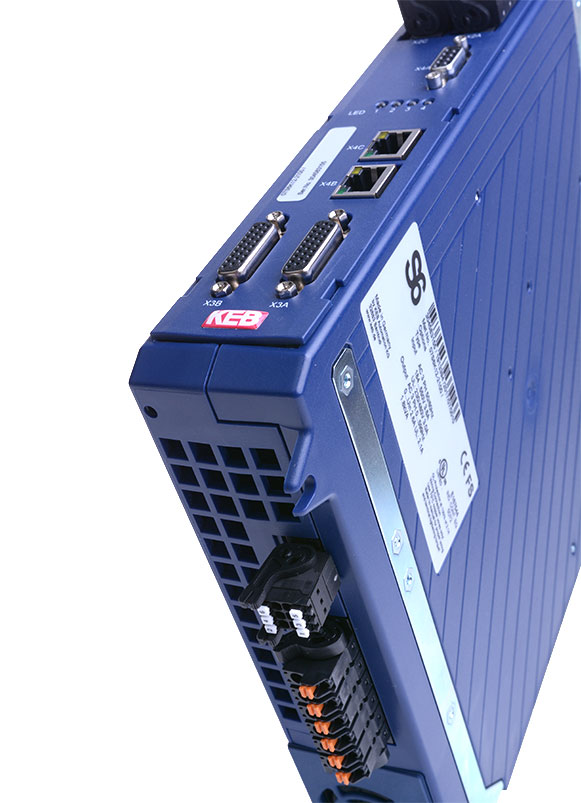
In tandem, the servo amplifier processes the command signal from the motion controller and transforms it into the necessary current for the motor. This combination ensures the servo motor operates seamlessly and accurately.
Desired Position and Stepper Motors
Beyond just the mechanics, the true objective of any motion control system is achieving the desired position. At its core, a servo motor aims to achieve a desired position with precision.
While stepper motors are another option for precision control, they lack feedback mechanisms, making servo motors the preferred choice for many applications.
Other Considerations for Servo Motors
Induction motors can feed directly off the line (fixed 60Hz). As we alluded to earlier, servo motors typically require a servo drive or amplifier to run them.
However, drives introduce several other advantages, including accurate motor shaft performance, increased protection parameters, and lower starting currents.
Servo motors can also work with SCL™ motor control technology to enable servo positioning without a resolver/encoder. This tool empowers machine builders to eliminate encoder and encoder cable costs, use fewer parts to minimize the odds of failure, and help ensure the machine achieves the desired performance.
Let's Work Together
Connect with us today to learn more about our industrial automation solutions—and how to commission them for your application.
